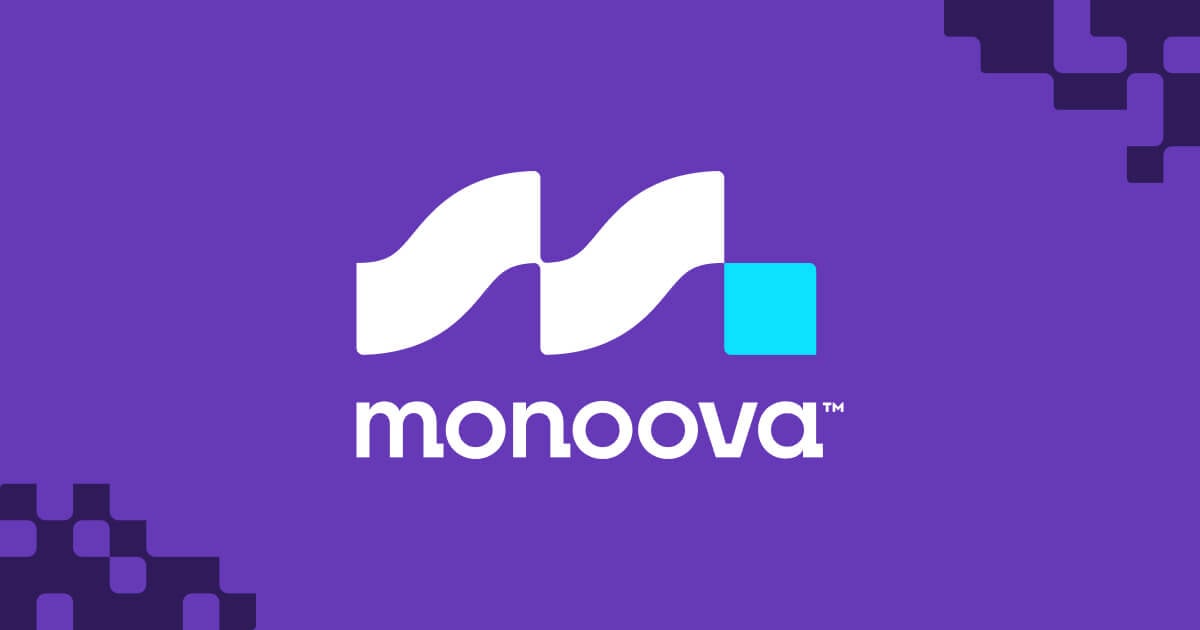In B2B technology and public relations, trust and credibility are foundational. Companies looking to gain visibility in this competitive field must establish themselves as trusted partners with real solutions. Case studies are one of the most powerful ways to achieve this. By showcasing detailed, real-world examples of how your technology has delivered results, case studies offer persuasive social proof, instilling confidence in prospective clients.
Why Case Studies Matter in B2B Tech PR
When evaluating a B2B tech partner, decision-makers need evidence that your product or service can solve their unique challenges. A well-crafted case study does just that by showing how other businesses—often those with similar needs—have succeeded using your technology. Unlike testimonials, which are concise endorsements, case studies take a deep dive into the client’s story, illustrating the specific problems faced, the solution applied, and the measurable results achieved. This level of detail makes case studies especially effective in B2B PR for tech companies, where decisions often involve extensive research, senior-level buy-in, and careful consideration of ROI.
The Impact of Social Proof on B2B Purchasing Decisions
In B2B tech, social proof in the form of case studies holds significant weight:
– Building Brand Credibility: Detailed case studies provide tangible proof of your expertise and effectiveness, helping establish your brand as a reliable, proven choice.
– Strengthening Trust: By featuring authentic stories from real clients, case studies make it easier for potential buyers to envision a partnership with your company.
– Reducing Buyer Uncertainty: Case studies answer key questions for prospects, showing exactly how your tech solution works in practice and alleviating concerns over the ROI of a new tech investment.
Why Tech Companies Need Case Studies
Tech buyers are discerning, especially in B2B contexts, where solutions are often complex and adoption carries significant risks. A case study lets potential clients see firsthand the results of implementing your technology, with hard data and relatable challenges. According to recent surveys, over 70% of B2B buyers view case studies as a crucial element in their decision-making process, especially in tech where proven results matter.
Crafting Case Studies for Maximum Impact
For a case study to make an impact, it should be structured around four key elements:
- Background: Set the stage by describing the client and the challenges they faced. This context gives readers insight into why they needed a solution and provides relatability.
- Challenges: Detail the specific pain points that motivated the client to seek your solution. These could range from operational inefficiencies to scaling hurdles—issues that potential clients may also face.
- Solution: Outline how your product or service was implemented, highlighting unique features or strategies that made it effective. This section demonstrates your company’s problem-solving capabilities.
- Results: Present measurable outcomes achieved by the client, such as increased efficiency, reduced costs, or improved scalability. Hard data builds credibility and underscores the value your tech solution offers.
Using Case Studies in Your PR Strategy
Incorporating case studies into your PR strategy can help B2B tech companies reach a wider audience and enhance credibility. Here are a few key strategies:
- Website Integration: Feature case studies prominently on your website’s “Success Stories” or “Customer Stories” section. Prospective clients often explore these pages when researching partners.
- Social Media: Share snippets from case studies on LinkedIn, where many tech decision-makers turn for insights and trends. Highlight compelling metrics or quotes that showcase your results.
- Email Campaigns: Include case study highlights in your email campaigns, particularly when reaching out to leads considering your solution. Seeing proof of success can boost conversions.
- Sales Materials: Incorporate case studies into presentations or proposal decks. This gives your sales team a powerful tool to back up your claims with real-world examples.
- Content Marketing: Repurpose case study content for blog posts, whitepapers, or webinars, weaving in lessons learned or insights from successful implementations to attract and educate potential clients.
The Role of Video Case Studies in B2B PR
While written case studies provide depth, video case studies add an emotional layer that enhances relatability. Video content allows potential clients to hear directly from past clients, sharing the positive impact your technology had on their business. In a B2B tech PR context, video case studies can also serve as versatile assets, perfect for social media, presentations, and on-site marketing.
Final Takeaway
For B2B tech companies in the PR space, case studies are essential social proof, transforming satisfied clients’ success stories into trust-building tools. By integrating them strategically into your PR and marketing efforts, you can demonstrate expertise, build trust with potential clients, and highlight the measurable impact of your technology. If you’re looking to enhance your B2B PR efforts with impactful case studies, our team at Third Hemisphere specializes in crafting high-quality, data-driven case studies tailored to the needs of tech-focused clients. Reach out today to learn how we can help elevate your brand with compelling customer stories.










